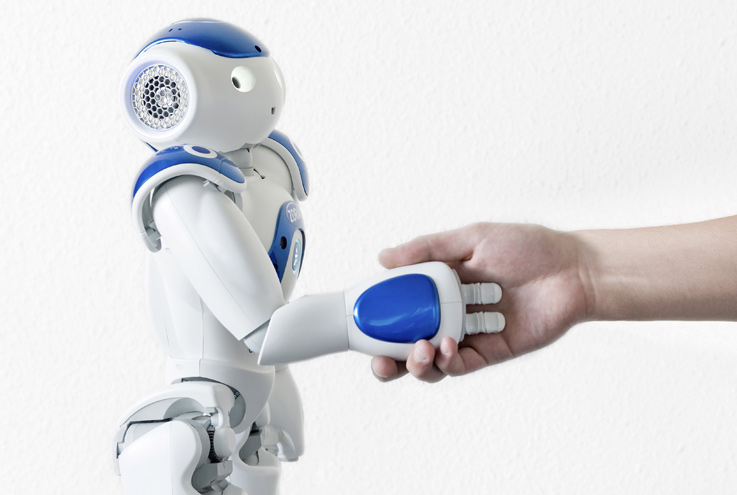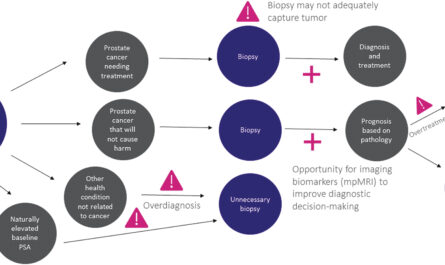The way social robots communicate can greatly impact how humans perceive and interact with them. Research suggests that using a familiar accent or dialect in their speech can enhance people’s comfort levels. However, opinions on this matter are mixed, with some individuals preferring standard language. According to Katharina Kühne of the University of Potsdam, lead author of a study published in Frontiers in Robotics and AI, the preferences for robot dialect may not solely depend on the robot itself but also on the personal preferences of those involved.
Several factors influence people’s comfort levels with social robots. Trustworthiness and competence are critical attributes that these robots should possess, and using a human-like speaking voice contributes to this. However, the use of a dialect or standard form of language can influence perceptions of trustworthiness and competence. While standard language is often seen as more intelligent, speaking in a dialect that is friendly or familiar can provide a comforting experience.
To investigate the impact of dialect use on robot acceptance, researchers conducted an online survey involving 120 participants living in Berlin or Brandenburg. The participants were asked to watch videos in which a robot with a male human voice spoke in either standard German or the Berlin dialect, known for its working-class connotation and informal, friendly impression.
The Berlin dialect is generally understood by most German speakers, including those who are fluent in the language but not native speakers, explained Kühne.
The participants were then asked to rate the robot’s trustworthiness and competence. Additionally, they were required to complete a demographic questionnaire, including information such as age, gender, length of residence in Berlin, proficiency in the Berlin dialect, and frequency of use. The type of device used to view the videos, such as a phone, tablet, or computer, was automatically recorded.
The findings showed a clear connection between perceived trustworthiness and competence, with higher perceived competence correlating with higher perceived trustworthiness. Overall, respondents preferred a robot speaking standard German. However, those who were more comfortable with the Berlin dialect showed a preference for the robot speaking in dialect.
Kühne noted that individuals who excel in speaking a dialect are more likely to trust a robot that communicates using the same dialect. The commonality between the robot and the user establishes a connection and leads to a higher level of trust.
Respondents who viewed the videos on a phone or tablet tended to give lower ratings to the robot speaking standard German. The researchers suggest that this could be due to the distractions and higher cognitive load associated with portable devices, causing the impact of the trust signal to diminish.
These findings do not provide definitive evidence either in favor or against the idea that people facing challenges might find comfort in social robots speaking in a familiar dialect. However, if it is crucial for individuals to perceive the robot as competent in the interaction by using standard language, minimizing cognitive load could be beneficial. Further studies plan to explore the cognitive load during conversations.
The researchers also highlighted that speaking or comprehending a dialect can contribute to an in-group identity, allowing robots to leverage the preference for similarity. However, the prestige associated with a dialect may influence how it is received by different individuals.
Kühne emphasized the importance of context in conversations and the need for further studies in real-life situations to acquire a deeper understanding of these dynamics.
*Note:
1. Source: Coherent Market Insights, Public sources, Desk research
2. We have leveraged AI tools to mine information and compile it




